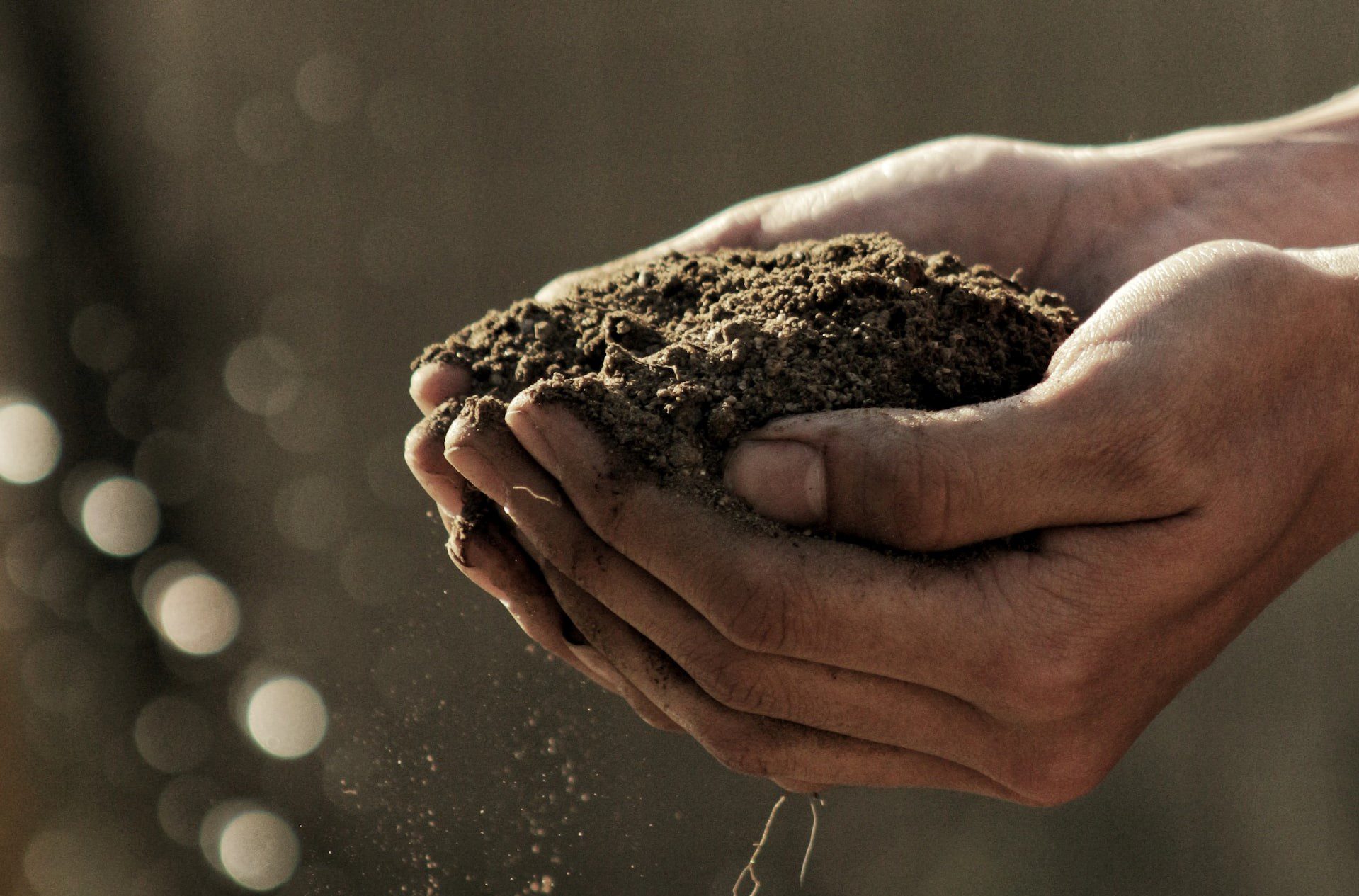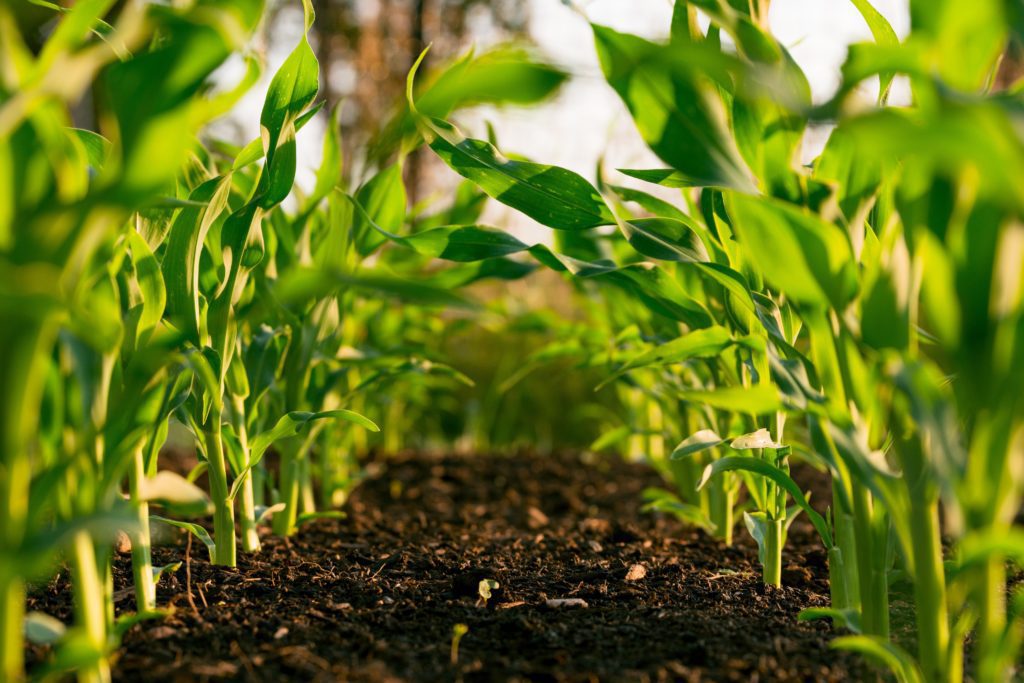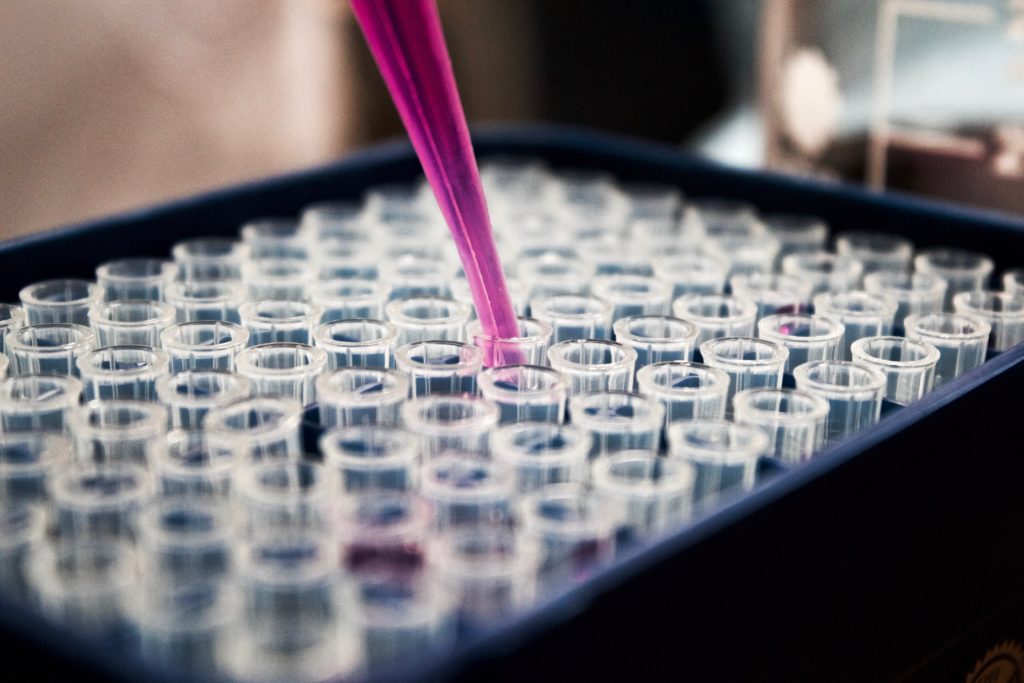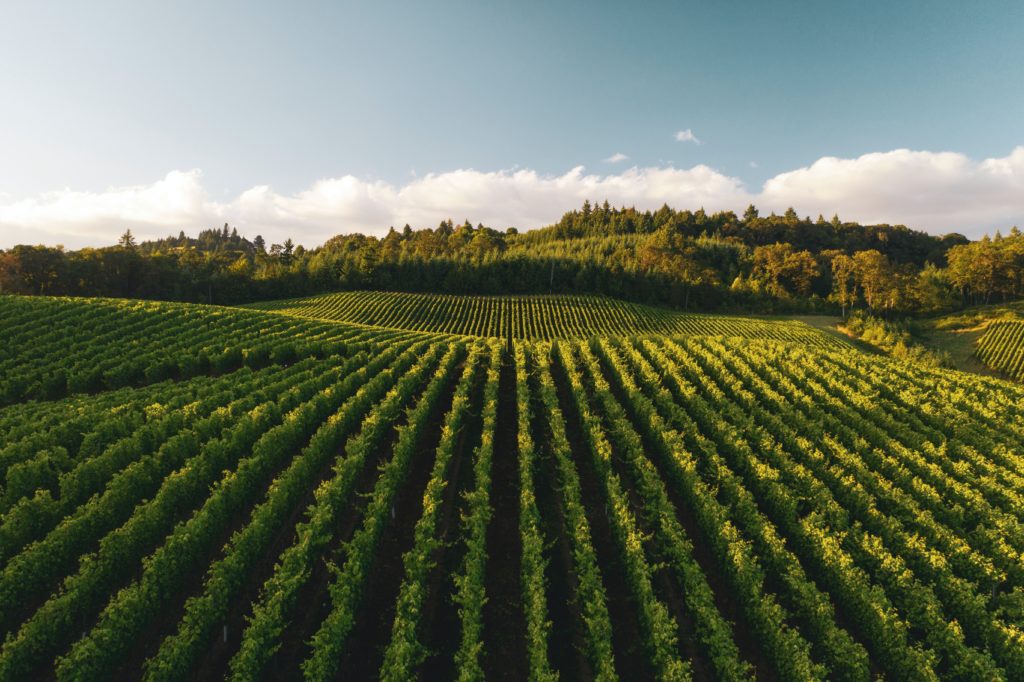09/27/2022 | pH | 9 MINUTE READ
How to Change the pH of Your Soil

If you run any type of farm, soil management is a necessary strategy to ensure that soil resources are protected and soil growth is improved. If you practice soil conservation, you can reduce the amount of soil erosion that occurs. Soil conservation techniques facilitate favorable soil composition as well as healthy soil formation. Keep in mind that an important component of soil health is organic matter. The right crops can help you increase the amount of organic matter in your soil. When organic matter increases, soil erosion naturally decreases.
There are many practices that can be used when performing soil management, which include everything from soil chemistry and composting to nutrient mineralization and organic matter. Among the most effective methods for making sure that your crops have high growth rates is to maintain pH levels in the soil, which makes it easier for crops to get the nutrients they require.
If you want to make sure that your farm soil has the ideal pH levels for crop growth, it’s important to measure the soil’s pH, which is the only way to identify what the current pH levels are. The reason that pH is highly important to crop growth is because different plants have different pH tolerance levels. While the optimal range is 6.0-7.0, most crops are able to survive outside of this range. Plants like azaleas and blueberries prefer a lower and more acidic pH of 4.5. In this guide, you’ll find out how to lower and increase the pH of your soil.

What is pH?
The pH measurement is used to describe the alkalinity or acidity of a substance. You’ll notice that the pH scale can extend from 0-14. Numbers below 7.0 are considered to be more acidic. Higher numbers are more alkaline. If your soil has a pH of 7.0, this reading is considered to be neutral. Keep in mind that alkaline solutions are also referred to as basic solutions.
When measuring pH, the sensor you use will focus on identifying the amount of free hydrogen ions that are present in a given solution. If there are a high number of hydrogen ions in the water, the pH measurement will be lower and more acidic. Lower hydrogen ions result in a higher pH measurement as a result of how alkaline the solution is.

Measuring the pH of Soil
The only method you can use to determine the pH of soil is to perform a soil test, which can be done with a laboratory pH sensor. While it’s also possible to use home test kits to determine the pH of soil, the readings you obtain with this technique are considerably less accurate.
When using a pH sensor, make sure that you position the sensor at several different depths to facilitate precise measurements. In the event that pH levels are somewhat close to the ideal range of 6.0-7.0, you may not need to adjust pH levels. On the other hand, any readings below 5.5 and above 7.2 indicate that you should make adjustments to make sure that your crops are as healthy as possible.
Natural Factors That Impact pH
There are several natural factors that can affect the pH of your soil. These factors allow you to know why the soils on your farm have the pH readings you obtain from your sensor. The main reason for differing pH levels involves rainfall.
When a thunderstorm occurs, any rainfall will wash some of the basic aspects of the soil away, which typically include substances like calcium, magnesium, and potassium. In this scenario, the acidic elements of aluminum and hydrogen will have comparably higher concentrations. In areas that don’t have as much rainfall, it’s common for soils to have pH readings above 7.0.
The soil’s texture can also dictate what its chemical properties are. For instance, pH levels differ considerably among clay, sand, and silt substances. If you need to lower the pH levels of clay soils, you may have more challenges in doing so when compared to sandy soils. These issues are the result of clay being able maintain cation elements. It’s possible to lower the pH of clay soil by increase the amount of organic matter in the soil.

Why pH is Important
As mentioned previously, pH levels are important for soil because of the need that each type of crop has for an ideal pH range. If pH levels fall too far outside of the ideal parameters, the crops could experience slowed growth or death.
Nutrient Availability
Nutrient availability is a highly important factor that should be considered with pH. Every nutrient comes with an optimal pH where the nutrient will thrive. Certain nutrients are more available at high alkaline readings, while other nutrients become available when pH drops well below 7.0. Most nutrients are widely available when the pH is between 6.5-7.0. If you find that a plant isn’t receiving the amount of nutrients it’s supposed to, this issue could be a result of nutrient availability because of poor pH levels.

Aluminum Toxicity
Aluminum toxicity is an issue that occurs when pH levels in soil drop below 4.5. This issue can be very damaging to your crops since it indicates that a higher amount of metals are entering your soil. Plants are unable to grow in such conditions. In this situation, plants like azaleas and blueberries that thrive in acidic soils are recommended. You could also use lime to increase the pH in acidic soil.

Changing the pH of Soil
It’s possible to change soil’s pH with the introduction of the right substances to the soil. These practices are typically necessary to ensure the right pH balance, which makes it easier for you to manage crop growth. After testing your soil’s pH, you can select the appropriate solution to the problem. If pH levels are too low, there are several steps you can take to increase pH levels. The same is true if your soil’s pH is too high.
Lowering Soil pH
If you need to lower the pH of your soil, the main option is to introduce compounds to the soil that contain sulfur. Iron sulfate, aluminum sulfate, and elemental sulfur are regularly used to lower soil’s pH. You also have the option of using ammonium-containing fertilizers to reduce pH levels. When you place these compounds in your soil, they will create sulfuric acid, which assists in dropping pH.
It can be challenging to use these compounds, which makes it somewhat more difficult to reduce the pH of your soil in comparison to the process involved with increasing pH levels. It’s also essential that you don’t add too much sulfur to your soil, which could result in the soil becoming too acidic. In cooler climates, the temperature of the soil will affect biological activity. You can use acidic cations like aluminum and iron to reduce the soil’s pH.
Another option involves placing organic matter into the soil. Once this matter begins to break down, it sends organic acids directly into the soil. However, the amount of acids is considerably smaller, which means that this solution is best used if pH levels only need to be reduced by a small amount.
Raising Soil pH
If you need to raise the pH of your soil, make sure to do so before aluminum toxicity sets in, which occurs when the soil pH drops below 5.0. There are numerous substances that can be added to increase pH, which include hydrated lime, fluid lime, burned lime, calcitic limestone, dolomitic limestone, and wood ashes. It’s easy to add wood ashes to soils in a home garden.
When you increase pH in your soil, make sure that you test the soil to ensure that the pH readings aren’t too alkaline. The most common option for increasing pH in soil is calcitic lime, which is available in most nurseries. The amount of calcitic lime you use depends on the soil in your garden or on your farm. Dolomitic lime is similar to calcitic lime with the main difference being that it uses magnesium as opposed to calcium.
Burnt lime and hydrated lime are both very effective at increasing pH levels. However, they are caustic substances that can lead to corrosion if you aren’t careful. Another option is to alter acidic levels in the deeper portions of the soil, which you can do with gypsum. These substances change how soluble aluminum is, which makes it very effective when applied at varying depths.
Things to Consider When Changing the pH of Soil
There are several factors you should take into account when changing the soil’s pH, the primary of which involves the soil’s buffering capacity. The organic matter and clay content in your soil determines what the buffering capacity is.
Buffering capacity involves how easy or difficult it is for other substances to change the pH composition of the soil. If the soil has a high buffering capacity, it can be difficult to alter pH levels. However, if the buffering capacity is too low, small additions of certain compounds can cause the pH levels to change too much. Sandy soils tend to have worse buffering capacities.

FAQ
Several of the more common questions about changing the pH levels of farm or garden soil are answered below.
What Fertilizer Will Lower pH of Soil?
Sulfur and ammonium fertilizers can reduce the soil’s pH levels. the most common fertilizers used for this purpose include ammonium nitrate, ammonium sulfate, and urea. Any nitrate fertilizers will cause the soil’s pH to increase.
Can You Use Vinegar to Lower pH in Soil?
Vinegar is known to be acidic. However, the other methods of lowering pH in soil are considerably more effective.
Why Is My Soil pH So High?
If you find that the pH levels of your soil are too high, there are several reasons why this might be the case. For one, you may be living in an environment that causes higher pH levels. It’s also possible that your soil isn’t getting enough water or has too much sand content. If you recently needed to increase pH and added wood ash or other alkaline components to the soil, this could explain why pH levels are too high.
Changing the pH levels of your soil is relatively straightforward as long as you determine what your soil’s pH levels currently are. Even though there are several tools that can be used to obtain pH readings, the most precise options are pH sensors.
Posted by Dominic O'Donnell on September 27, 2022
Sensorex is a global leader in the design and manufacture of quality sensors for water quality and process applications. The company offers more than 2000 sensor packages for pH, ORP, conductivity, dissolved oxygen, free chlorine, chlorine dioxide, UV transmittance and other specialty measurements, as well as a full line of sensor accessories and transmitters. Its expert technical support engineers solve analytical sensor challenges with custom designs and off the shelf products.




